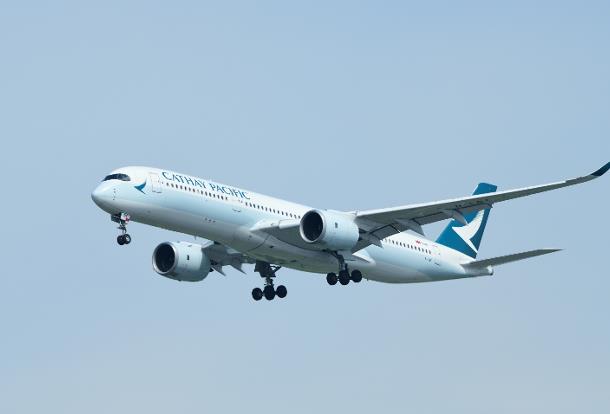On January 17, WTCF released the Report on World Tourism Economy Trends (2018) in Beijing.
In 2017, the number of world tourist arrivals reached 11.88 billion, with domestic and outbound tourists included, which is 1.6 times the world population. Among the 11.88 billion tourist arrivals, China contributes 4.53 billion tourist arrivals, ranking the No.1 in the Asia-Pacific region.
It is estimated that in 2018 the number of world tourist arrivals will increase to 12.67 billion, which will be 1.7 times the world population. The total tourists and income of Asia-Pacific region will continue to grow.
The situation of tripartite confrontation of the global tourism becomes more obvious, with the total tourist arrivals and total revenue of the Asia-Pacific region increasing at the fastest speed and these two aspects of Europe and the Americas decreasing slightly.
Shares of the emerging economies’ tourism industry keep increasing. The total tourism avenue accounting for the share of the world has increased to 38.9%, with an increase of 13.7 percentage points.
The tourism development of BRICS stands out, and the total number of tourist arrivals in Brazil, Russia, India, China, and South Africa will increase to 6.36 billion.
The global tourism investment increases rapidly, with the Asia-Pacific region being the largest scale and having the fastest growth in tourism investment scale in the global tourism investment.
In this juncture of revolution, the travel style has also changed thoroughly. Technology has provided people with efficiency, convenience, new experiences, new order, new patterns, and new challenges, which is changing the development trend of the world tourism. The key technology, such as AI, VR, Blockchain, Human–Computer Interaction, NE, GIS, Internet of things (IoT), and cloud computing are the most influential.
The report indicates that in 2018 the growth rate of the world tourism will continue to surpass the growth rate of the world economy. The total growth rate increase from global tourism is expected to reach 6.7%, higher than the growth rates of the global GDP at 3.6% and 2.9%, which was predicted by the International Monetary Fund and the World Bank respectively.
Read Original Report




